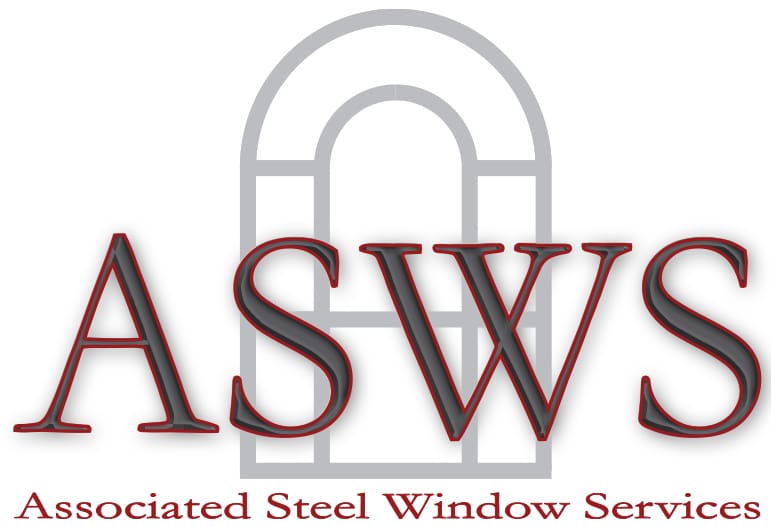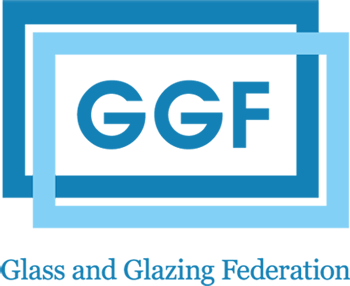Pictured is the Robert Hooke Science Centre at Westminster School.
Steel windows properly maintained can be expected to last the life of the building
The Steel Window Association has developed a series of fact sheets – all can be viewed and downloaded here. The following is a synopsis of the aftercare and maintenance fact sheet which has been complied by the industry’s experts.
Simple measures, such as having the metal frame surfaces washed at the same time as the glass is cleaned, and undertaking an annual inspection of working parts, gasket weather seals and joint sealants, will do much to ensure trouble-free performance. This fact sheet gives general guidance on taking care of steel framed windows and doors so that they will continue to give years of satisfactory service. Where materials are to be procured for renovation or replacement, the recommendations of the manufacturer should always be sought for confirmation of suitability for the specific application.
SURFACE FINISHES – FACTORY APPLIED
Most modern steel window frames have a factory-applied stoved polyester colour coating which should be washed down periodically, at intervals of between three and 12 months, using a mild non-alkaline detergent in warm water, and then rinsed. The finish will then last between 10 and 20 years before a decorative re-coat becomes necessary.
WEATHERSEALS
The synthetic rubber weatherseals should also be included in periodic maintenance inspections; the most common cause of damage is site applied paint. If paint removal proves impossible, weatherseal replacement can be undertaken, preferably with materials supplied by the original manufacturer.
GLASS REPLACEMENT
The edges of double glass units and single panes must be spaced from the metal frame glazing rebate with setting and location blocks. They must also be carefully separated from the glazing upstand with distance pieces, mastic tapes or pre- formed gaskets.
All windows produced by SWA members in hot rolled steel sections to BS.6510 are protected by the hot dip galvanizing process in accordance with BS EN ISO 1461.
To read the full fact sheet, please click here.





















